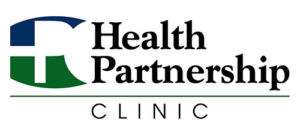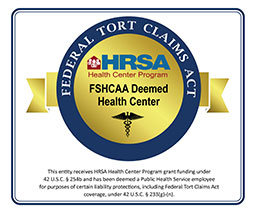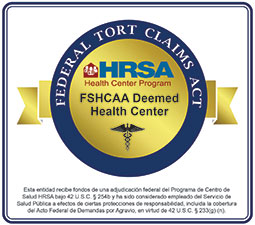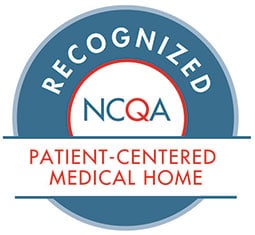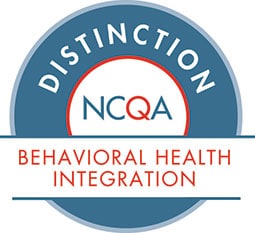June is Pride Month
 By John Smart, LSCSW, Behavioral Health Clinician
By John Smart, LSCSW, Behavioral Health Clinician
The development of June as Pride Month dates back to the Stonewall Uprising that began on June 28, 1969 after a police raid of the Stonewall Inn, a gay bar in New York City’s Greenwich Village. The raids were a common form of the harassment and aggression toward the LGBTQ community at that time, and the Stonewall Uprising marked a major turning-point in the LGBTQ community’s response to discrimination.
Since the 1969 Stonewall Uprising, much progress has been made for LGBTQ rights, however, progress toward equality of any group is always met with resistance. Continued advocacy is needed in order to sustain and develop the growth of rights for the LGBTQ community. A recent example of controversy affecting the LGBTQ community is the focus on members of the transgender community. Many opinions have been developed about this community without understanding of the community itself. The below information from the Human Rights Campaign (HRC) can help provide an introduction to the people of the transgender community and some of the concerns they experience.
The Transgender Community
 The word “transgender” – or trans – is an umbrella term for people whose gender identity is different from the sex assigned to us at birth. Although the word “transgender” and our modern definition of it only came into use in the late 20th century, people who would fit under this definition have existed in every culture throughout recorded history.
The word “transgender” – or trans – is an umbrella term for people whose gender identity is different from the sex assigned to us at birth. Although the word “transgender” and our modern definition of it only came into use in the late 20th century, people who would fit under this definition have existed in every culture throughout recorded history.
The trans community is incredibly diverse. Some trans people identify as trans men or trans women, while others may describe themselves as non-binary, genderqueer, gender non-conforming, agender, bigender or other identities that reflect their personal experience. Some take hormones or have surgery as part of the transition, while others may change their pronouns or appearance.
In addition to experiencing problems related to stigma, harassment, and discrimination, members of the trans community face problems around lack of health insurance coverage– An HRC Foundation analysis found that 22 percent of trans people and 32 percent of trans people of color have no health insurance coverage. More than one-quarter (29 percent) of trans adults have been refused health care by a doctor or provider because of their gender identity.
While political controversy has developed about members of the trans community and the health services they receive, healthcare organizations continue to recognize that gender-affirming care is well established as an appropriate aspect of an individual’s overall care. The American Academy of Pediatrics recommends “providing youth with access to comprehensive gender-affirming and developmentally appropriate health care.” American Medical Association Board Member Michael Suk, MD, JD, MPH, MBA states, “Gender-affirming care is medically necessary, evidence-based care that improves the physical and mental health of transgender and gender-diverse people.”
Good healthcare is built around effective relationships between patients, their families, and healthcare providers. These relationships depend on the rights of individuals and families to work with their healthcare providers to make the health-related decisions that impact their lives. Health Partnership Clinic recognizes the right for all people to receive comprehensive, effective, and compassionate healthcare based on their individual needs.
For more information about LGBTQ+ advocacy, visit the Human Rights Campaign website.
